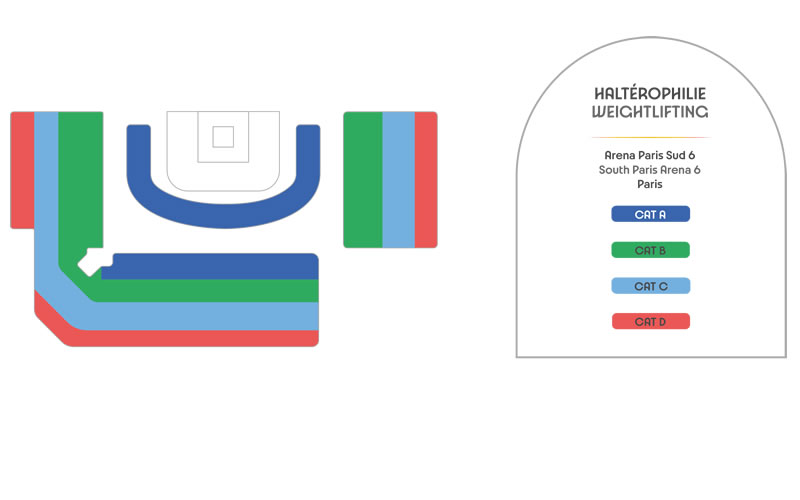WLF10 W - +81kg
Scheduled events (subject to change):
Women's +81kgCapacity: 5,000South Paris Arena 6 is situated in Paris Expo, a display and convention centre that is one of the most active in Europe and most visited in France. Almost 35 hectares, 228,000 sqm of display halls and eight buildings, Paris Expo welcomes 7.5 million guests every year, mainly during the Worldwide Agricultural Demonstration. With Halls one, four and six, and those reserve for Sports logistics, Paris Expo will be a main centre for the Paris 2024 Sports.
Constructed in 1923 to host the Paris Employment Fair Foire de Paris, the complex has been developed extensively over the years and can now adapt for a wide range of requirements and configurations. A determined makeover programme, based on three phases over 10 years, with the last one to be finished in 2023, is now ongoing to renovate its structure.
South Paris Arena 6 - Weightlifting

